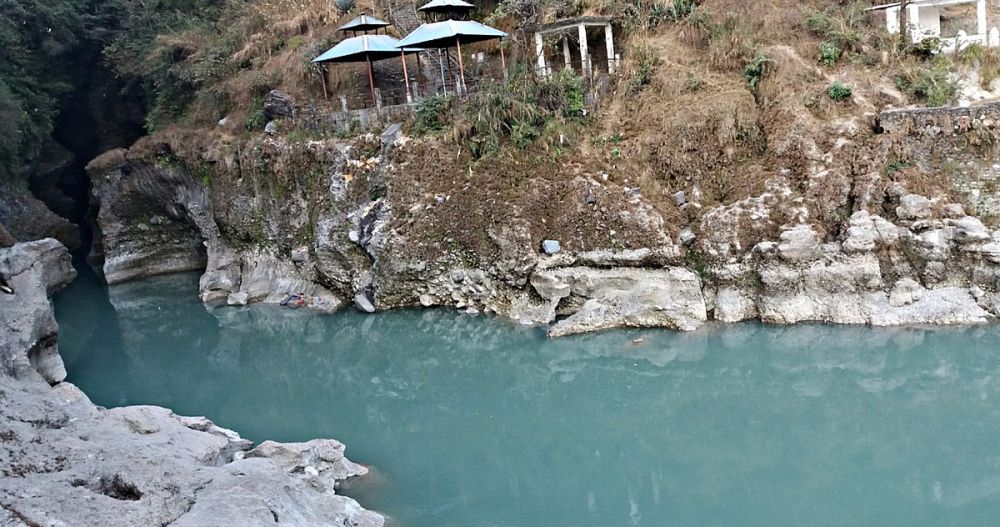

Seti Gandaki, also known as the Seti River, is a unique river flowing through the heart of Pokhara, Nepal. Famed for its deep gorges and white-water rapids, it has become an intrinsic part of the region's natural attractions, luring visitors with its mesmerizing beauty and offering exciting activities for adventure seekers.
Tourism in Pokhara began to take shape in the 1960s with the construction of an airstrip (now Pokhara Airport). The 1970s witnessed a boom in visitors with the rise of the hippie trail. Drawn by the area's tranquility and natural beauty, early tourists spread the word, marking the beginning of organized tourism in the area. Over the years, as Nepal opened up its borders more generously to travelers, Pokhara and the Seti River became premier destinations on the tourist map.
Renowned for its startlingly white water and deep gorges carved into the valley of Pokhara, Seti Gandaki became an attraction for those interested in geology, nature, and adventure sports. The river's panorama can be viewed from various points in Pokhara such as KI Singh Bridge and Mahendra Pul. Furthermore, the Seti River Gorge, a sight not to be missed, offers an astonishing view of the river's raw power and the surrounding geography.
The 1990s marked the beginning of adventure tourism on the Seti River with the introduction of rafting and kayaking, taking advantage of its challenging rapids. These activities attracted a new wave of adrenaline junkies. The river's varying difficulties cater to both beginners and experienced paddlers, making it a versatile hotspot for water-based adventures.
Beyond adventure, Seti Gandaki's surroundings became synonymous with eco-tourism and cultural tourism. Sightseeing tours to nearby traditional villages, combined with bird watching and nature trails, provided a more laid-back experience. The river, believed to hold religious significance, is also a site for various Hindu rituals, adding a cultural dimension to visitors' experiences.
Modern tourism trends have shifted towards sustainable and responsible travel. Pokhara, in response, has looked into ways to conserve the natural beauty of Seti Gandaki while accommodating tourists. There has been a significant push towards eco-friendly practices and the development of community-based tourism initiatives that help preserve the environment and benefit local communities. As digital nomadism gains traction worldwide, Pokhara and the Seti River area are emerging as attractive destinations for long-term stay for remote workers seeking a balance between work and nature-inspired living.
The COVID-19 pandemic brought a temporary halt to tourism; however, as travel restrictions ease, Pokhara and the Seti Gandaki are experiencing a resurgence in tourism. Health and safety protocols are in place, and there is an increased awareness about responsible travel to ensure the safety of tourists and locals alike.
The future of tourism in Pokhara and along the Seti Gandaki is bright, with the Nepalese government and tourism stakeholders continuously expanding infrastructure, including upgraded roads and increased connectivity. There is a focus on providing better services and amenities while maintaining the charm and ecological balance of the region. Pokhara's reputation as a top tourist destination in Nepal continues to grow, promising a steady stream of nature lovers, trekkers, and adventurers eager to explore the Seti River and its enchanting surroundings.